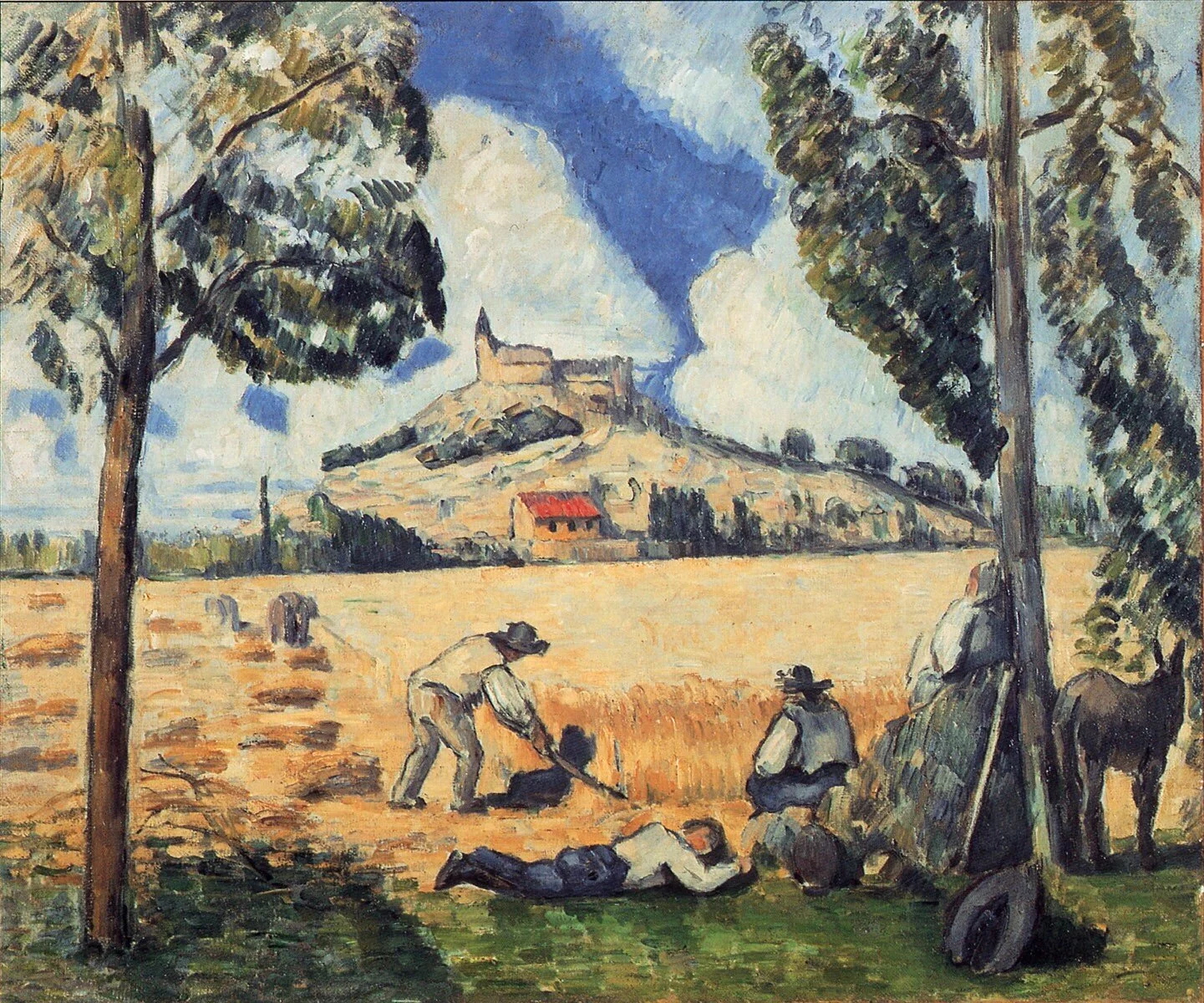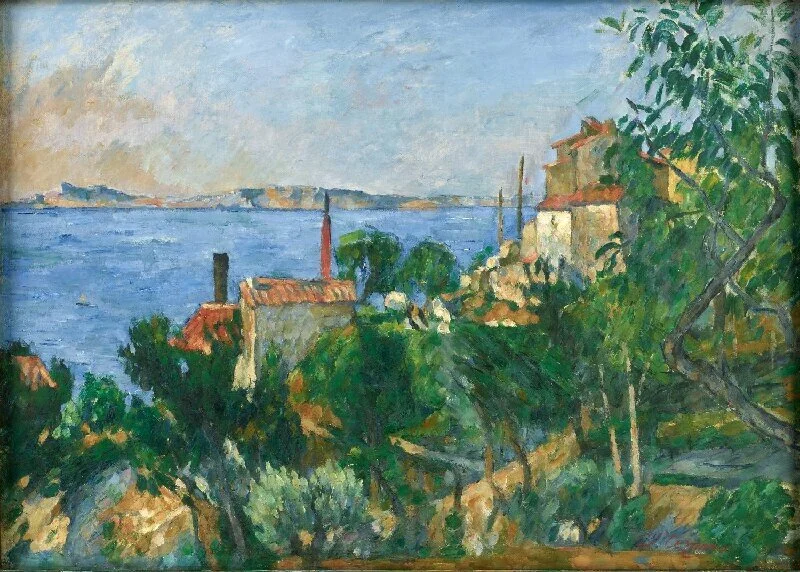The Plate of Apples FWN 740 1877 45.8cm x 54.7
detail
I do believe that if you offer the opportunity for people to engage in something, they will! If you offer that invitation freely, without strings attached; honestly and openly, not with the threat of guilt or blame, they’ll say “yes, let’s give it a go!” or they’ll say: “sorry can’t help at the moment”, or whatever, “but thanks”. All other things being equal, as it were: people, in their natural and safe environment, are generous.
We can identify four elements that seem to inform all individual beings, all individual life-forms as we know it; they define the relationships that all beings seem to be endowed with: agency, the power to do stuff, to act, to fulfil your potential; communion, the attraction to engage with others, to be involved, to relate; eros, the drive to go beyond oneself, the creative energy to transcend, to move beyond the box that we’re in, to grow and develop; and agape, the instinct of empathy, our compassionate response, our willingness to help out. In this blog, I want to focus on ‘communion’: we like to be involved!
One of the ways Cezanne involves us with his paintings is by the use of distortion. We always like to find the underlying structure of anything we see: we automatically estimate where the centre of gravity of things is, whether things are related to each other, whether things are in connection, whether there’s a push and pull between stuff. Take a closer look at the three central apples (the three in front of the very back smaller green apple, gathered in a triangle): The one on the back right (in front of the yellow golden delicious) seems to be being pushed upwards by the one to the back left, and pushed back by the front apple. The front apple seems, from a usual distance, to be rounded, but on closer inspection, it kind of merges into the back left apple; its edge is lost. Our mind beholds the push and pull of these three apples, centre stage, even before we become aware of it; and we’re happy to be engaged in this little drama. Our mind fills in the lost edge, coz that makes sense. Sometimes Cezanne plays with the lost and found edges – try following the edge of the plate all around, as it gets interrupted by the fruit.
In this particular painting, Cezanne uses a fairly limited palette of colours; the table cloth is a mix of the primary colours, blue ultramarine (and white), red vermillion and chrome yellow. Instead of using lighter and darker shades of the same colour, Cezanne uses different colours, next to each other; there are no light or dark values of the same colour; no conventional modelling. “Instead, there’s a harmonious surface in which the colours of the foreground and background form a continuous pattern of interrelated hues.” (Richard Shiff) What is important is not only the intensity of the colours, but their relationship, which is one of equality: they’re all out there, different but equal, fresh and spontaneous.
I’d like to suggest that the notion of “different but equal” is one of the defining characteristics of post-modernity; and that’s why we engage so wholeheartedly with Cezanne’s paintings. (I’m understanding ‘post-modernity’ as the period covering the last century, when a new value-system began to emerge in reaction to the values instilled by the Industrial Revolution). I went to the funeral of a friend’s mother some time ago, and the story was told of how, when she was 5 years old in the 1920’s, and ready for school, there were not enough classrooms for the number of 5 year olds. So the school authority decided that all left-handed children should be kept back for a year: she didn’t start school till she was six! Now, it seems just amazing - such a scenario, that someone could come up with such an idea. It’s kind of unthinkable……now, but it wasn’t then! Then segregation was the norm!
Integration and Communion are two sides of the same coin; they are fundamental to our being human. Indeed, our generation is being challenged to understand how they are fundamental to all life, on planet earth!
Of all the issues we’re concerned with at present, the most basic in my estimation is that of human-earth relations. We’re at the terminal phase of the Cenozoic Era – the last 65 million years. We’re not just passing into another historic period or another cultural modification; we’re changing the chemistry of the planet; we’re changing the bio-systems, we’re changing the eco-systems of the planet on the scale of millions of years. But more specifically, we’re terminating the last 65 million years of life development.
Where do we go from here?
To my mind we go from the terminal phase, if we survive, into a really sustainable world; we will pass from the Cenozoic Era to what I call the “Ecozoic’ Era. The primary principle of the Ecozoic Era is that the Universe, and in particular, planet Earth is a communion of subjects not a collection of objects.
Until the present era, all the beauty that we see about us came into existence without human consultation, from now on, the Universe will never function in that way again. The present urgency is to begin thinking within the context of the whole planet; the integral earth community, with all its human and other-than-human components.
Of one thing we can be sure: our own future is inseparable to the larger community that brought us into being, and which sustains us in every expression of our human quality of life; in our aesthetic and emotional sensitivities, our intellectual perceptions, and our sense of the divine; as well as our physical nourishment and our bodily healing. We see quite clearly that what happens to the non-human happens to the human; what happens to the outer world, happens to the inner world; without the soaring birds, without the great forests, the free-flowing steams, the sight of the clouds by day, and the stars by night, we become impoverished in all that makes us human.
Thomas Berry cp




















